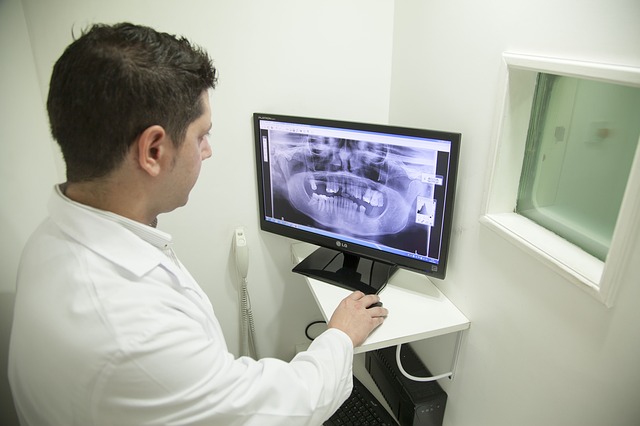An interesting article titled “Does an Association Exist Between the Presence of Lower Third Molar and Mandibular Angle Fractures?: A Meta-Analysis” written by Ruela et al. appears in the 2018 edition of the Journal of Oral and Maxillofacial Surgery (vol. 76, pp. 34-45). The article seeks to explore if having wisdom teeth can lead to more lower jaw fractures and specifically mandibular angle fractures.

In the article the authors argue how in the past some have argued for the prophylactic (preventative) removal of wisdom teeth to prevent mandibular angle fractures. This is because the mandibular angle occupies an area that should be filled with bone and by having teeth in this area it is susceptible to be 2 to 3 times or likely to fracture. To investigate this the authors performed a systematic review and meta-analysis to look at studies published until July 31, 2016, that discussed the relationship between mandibular angle fractures and lower wisdom teeth. The definition of a mandibular angle fracture was defined by the authors as:
“…a fracture posterior to the second molar extending from any point formed by the junction between the body and ramus of the retromolar area up to any point of the curve established between the lower margin and the posterior portion of the mandibular ramus.”
The authors included studies that classified the position of wisdom teeth according to a Pell and Gregory classification which consists of three classes for horizontal wisdom teeth and another three classes for vertical wisdom teeth. The authors eventually arrived at 16 studies for the meta-analysis that met their inclusion criteria. From these studies it was found that there was an odds ratio of 3.16 for mandibular angle fracture in patients with wisdom teeth. Only 5 studies included data sufficient for the Pell and Gregory classification and these showed a fracture rate of fracture rate of 50.83%, 58.68%, and 59.84% for the three classes for horizontal wisdom teeth and a fracture rate of 47.92%, 54.9%, and 63.67% for the three classes for vertical wisdom teeth. For the horizontal wisdom tooth class with the highest rate of fracture this was when most of the tooth is within the ascending mandibular ramus. For the vertical wisdom tooth with the highest rate of fracture this was when the crown of the lower wisdom tooth is below the cementoenamel junction of the lower second molar. The authors state:
“The results of our research have shown that patients with lower third molars are 3.16 times more likely to experience mandibular angle fractures.”
The authors do point out that the studies used in their meta-analysis were observational studies with small sample sizes. Further, their are other reasons as to why a mandibular fracture can occur besides just having or not a wisdom tooth. Such a reason is the distance between the lower wisdom teeth and mandibular lower cortical bone and the amount of bone tissue at the angle region. Another reason is the stage of root formation and tooth angulation that can alter the load distribution in the mandibular angle and ramus. Thus the authors feel that their results are not sufficiently robust to say whether having wisdom teeth or the level a wisdom tooth is impacted are the main factors for causing mandibular angle fractures and feel that additional studies that including imaging are needed.
